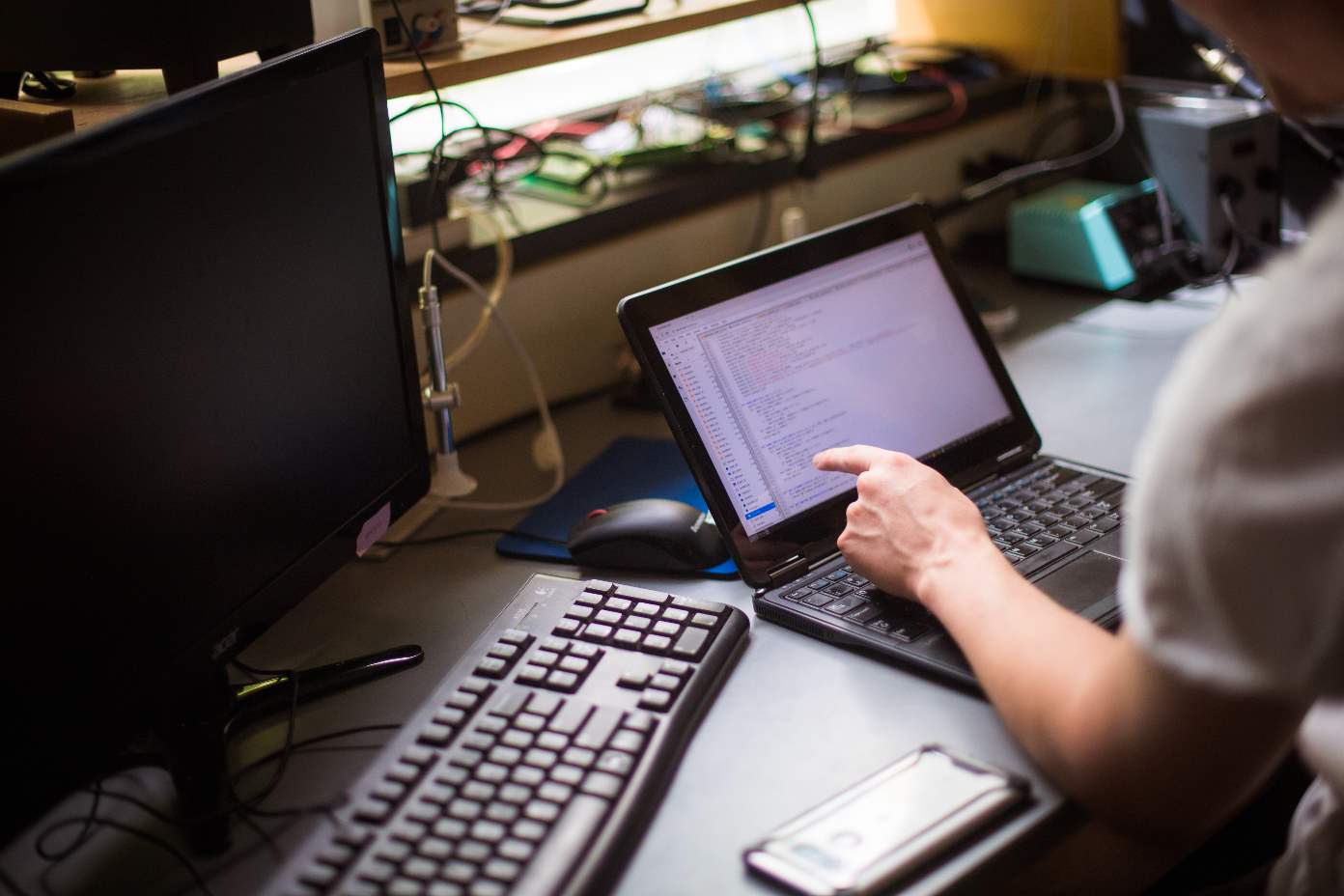Current Research
Our research involves understanding the chemical transformations of organic species in the Earth’s atmosphere. Atmospheric organics play several roles of central importance to environmental science: they affect air quality by forming secondary pollutants such as ozone; they make up a large fraction of particulate matter, with serious implications for human health and climate; and they exchange with other domains in the environment (oceans, soils, etc.), influencing biogeochemical cycles and the distribution of pollutants. The aim of our research is to gain a detailed understanding of these effects via the improved characterization of the sources and evolution of atmospheric organics. Currently, our research can be classified under the three categories below:
Oxidative Mechanisms
The chemistry involved in the oxidation of atmospheric organic compounds is immensely complex, involving hundreds to thousands of different intermediate and product species. Our laboratory studies of this chemistry therefore involves a range of analytical techniques (mostly based on mass spectrometry), in order to characterize as large a fraction of the organic carbon as possible. Experiments are carried out in our fixed-temperature, fixed-volume 7.5 m3 Teflon chamber (as well as other reactors, such as our smaller “mini-chamber"), with the chemistry initiated either by various oxidants or by the photolysis of precursors of key organic radicals. Measurements of reaction kinetics and products enable an improved understanding of key reaction pathways, and/or the refinement of atmospheric chemical mechanisms.

Lexy Lemar
llemar@mit.edu

Erik Helstrom
helstrom@mit.edu

Nadia Tahsini
ntahsini@mit.edu
Aerosol Aging
While many studies of atmospheric organic aerosol chemistry focus on the initial formation of organic particulate matter, there has been relatively little study of the chemical transformations that condensed-phase organic species undergo over their atmospheric lifetime. We use a range of reactors (environmental chambers, flow tubes, and bulk aqueous reactors) to probe how oxidative “aging” affects the amounts and chemical composition of organic aerosol, over timescales of days to weeks. A wide range of systems and phases are studied, including the gas-phase oxidation of semivolatiles, heterogeneous reactions at the gas-particle interface, oxidation within the aqueous phase, and the direct photolysis of condensed-phase organic compounds.

Hannah Kenagy
hskenagy@mit.edu

Matthew Goss
mgoss@mit.edu

Lesly Franco
ljfranco@mit.edu
Low-Cost Sensors
Low-cost air quality sensors (LCS) present the opportunity to dramatically increase the spatial and temporal resolution of existing atmospheric chemistry measurements, assess the effectiveness of air quality interventions, and quantify human exposure to air pollution. We have deployed sensor networks in Boston, India, and Hawai‘i, to better understand the extent to which LCS can quantify the pollutant exposure of affected populations. Though promising, the abilities and limitations of LCS are still not fully understood. Thus our efforts involve not only sensor deployment and use, but also the investigation of methods for calibrating and evaluating these sensors, and more fundamentally the study of how such sensors can be used to better understand the chemistry of the atmosphere.

Amanda Gao
aggao@mit.edu




